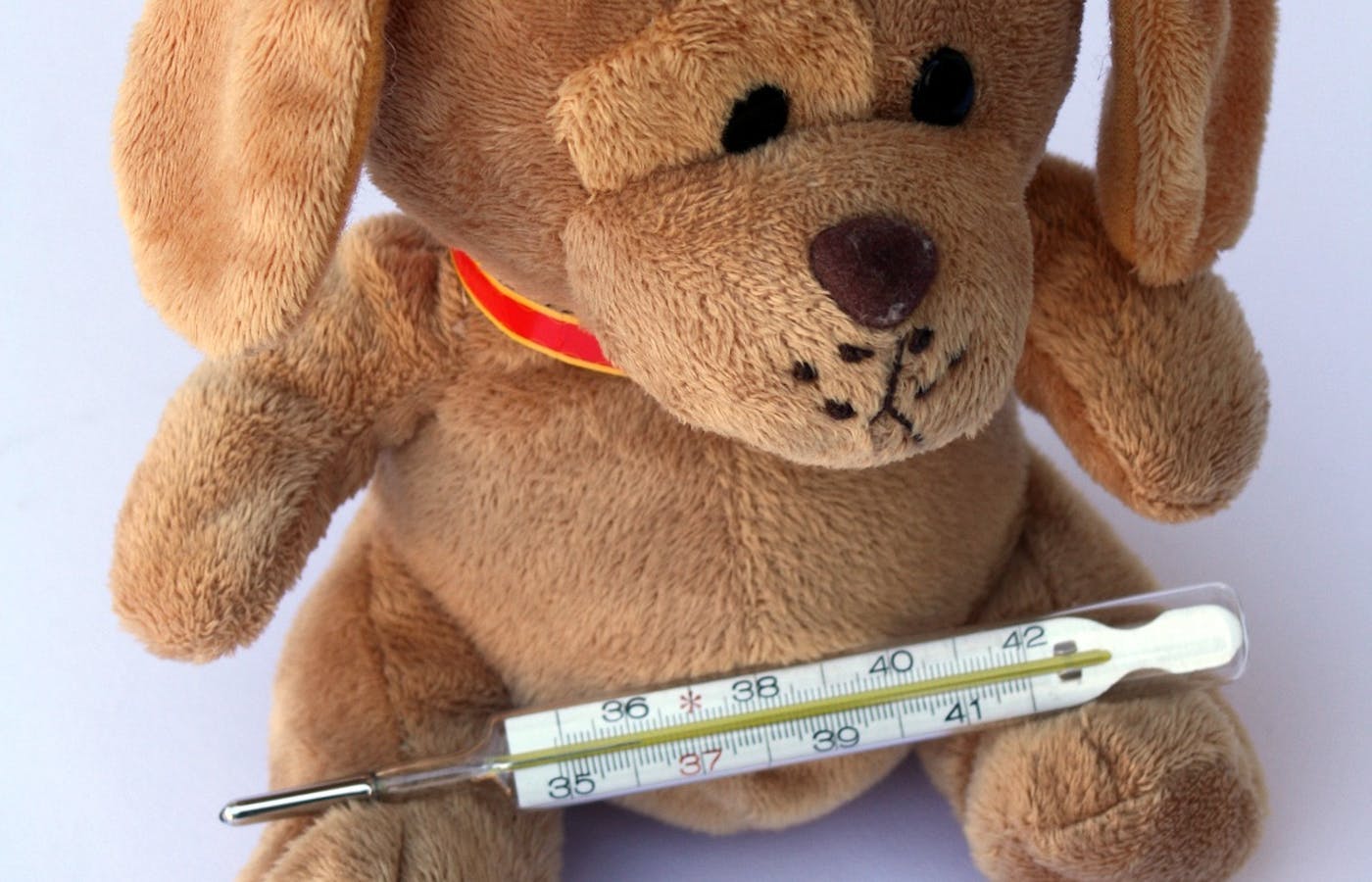How to Check Your Dog’s Body Temperature
If your dog is shivering, exhausted, or doesn’t want to eat, it’s time to check their body temperature. Learn how to do it and how to care for a dog with a fever.
What Causes High Temperatures in Dogs?
Like people, dogs experience high temperatures when they have a bacterial or viral infection. It’s their body’s natural way of defeating the invading germs, which don’t survive as the heat’s turned up.
A short-lived fever is not always dangerous, but it’s always worth checking with your vet; then, monitoring it will enable you to help your dog to cope. Sometimes, a fever is caused by an issue that’s more serious:
- An infection in the lungs or kidneys
- A UTI
- Ingestion of a toxin – like plants or the sweetener xylitol
- Ingestion of a household chemical – like antifreeze or human medication.
If you think that your dog has a fever because they ate something dangerous, you should call the vet.
Symptoms of a High Temperature in Dogs
Since our dogs can’t tell us they have a fever, we can help by being vigilant and watching for the symptoms – dogs could have any or all of these:
- Shivering
- Warm ears and nose
- Tired or red eyes
- Exhaustion and loss of appetite
How to Take Your Dog’s Temperature…
Your dog’s temperature should normally lie between 100° and 102.5°. There are three methods for checking your dog’s temperature, and we’ll list them in reverse order of ick…
- The traditional method, beloved by moms and dog-moms everywhere: just use your hand. For kids you’d feel the forehead; for dogs it’s all in the nose. You can feel when their temperature is raised because their nose will feel hot and dehydrated. Check regularly so you get to know what’s normal for your dog.
- The tricky digital method: use a thermometer suitable for doggy ears. It’s challenging because you need to insert it right into the ear canal and hold it steady while it checks your dog’s temperature.
- The last, but most reliable, resort: a rectal thermometer. Ask someone to steady your dog’s head while you carry out the procedure. Lubricate the wand before inserting into your dog’s anal passage, following the instructions carefully, and remove it as soon as the temperature is registered.
How to Care for a Dog with a High Temperature
Your vet may prescribe an antibiotic to treat your dog’s infection, or an anti-inflammatory to reduce symptoms. If you’re sent home, what can you do for your dog?
Don’t go messing around with things from your own medicine cabinet. Ibuprofen – one of the human medications which is recommended for a high temperature – is toxic for dogs. Instead, focus on keeping your dog cool and comfortable.
Separate your dog from any other household pets (in case they are contagious) and give them a quiet space. You can try soaking towels in cold water and using those to cool your dog’s paws and head. If your dog enjoys a bath, fill the bath with cool-to-tepid water to help them cool down. Encourage your dog to drink fluids – homemade chicken broth is a great choice.
